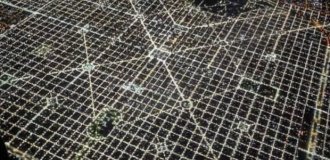A very fascinating story about Japanese samurai of the 19th century. About their life and ritual, which is called hara-kiri. Read it, because whoever wrote this clearly knows the truth of a real samurai.

The word "samurai" was familiar to every Soviet person from childhood as a synonym for the concept of "Japanese militarists." It was clearly associated with the phrase from the song “and the samurai flew to the ground under the pressure of steel and fire.” Who were the samurai really? In a narrow and most commonly used sense, this term meant the military-feudal class of small nobles in Japan. It was an analogue of medieval European knights, albeit a very separate one. Officially, the samurai class was abolished during the Meiji reforms of 1867-68, but the culture of the samurai, the samurai spirit and the “code of honor” were in demand during the military development of subsequent decades, until the surrender of 1945. Samuraiism is, of course, one of the most striking symbols of the cultural and historical identity of Japan. Therefore, Felice Beato and other early photographers paid considerable attention to the last "real" samurai as part of the fading feudal nature. I would even say that they went to the limits of naturalism, capturing the performance of the hara-kiri ritual:
Who knows what he's reading?

Samurai from the Satsuma domain who fought on the side of the emperor during the Boshin War, 1860s:

Samurai in armor, 1890:

Samurai

Samurai

Samurai ceremony

The samurai heritage includes the art of fencing - Kendo

Kabuki actors portraying samurai in armor, 1880

Then the image of the noble samurai will be glorified in the films of Akira Kurosawa.
But in the USSR this romance was not understood























